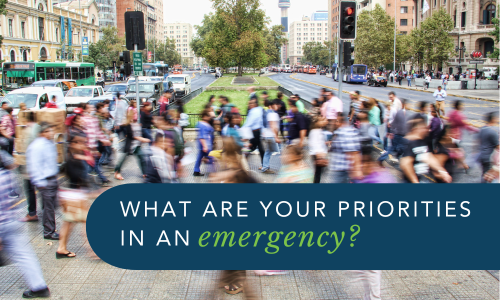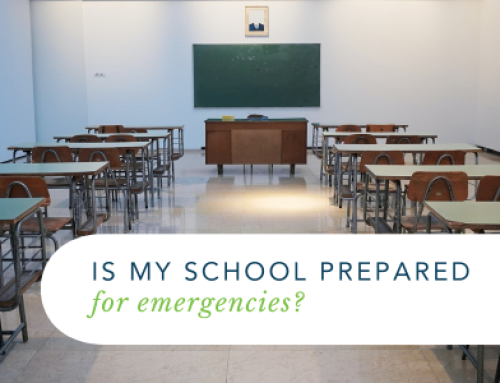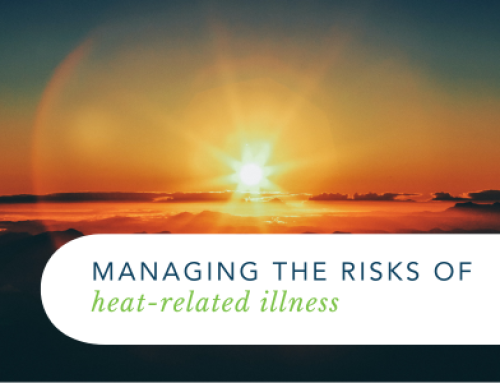As well as employers, workers and other persons at your workplace have a duty to take reasonable care for their own health and safety in the workplace. But what are your priorities in an emergency?
Your first priority in an emergency situation is always your safety and the safety of those around you. After this, you can then look at protecting the business and assets.
The first step in managing your priorities in an emergency, is recognising the emergency so you can begin to plan your response.
Recognising the Emergency
At the site, look, listen and smell. Ask yourself: Is it safe for me to be in the area? How can I make the area safer?
In a medical emergency we use:
Danger – is it safe to enter?
Response – is the casualty alert
Send for help – call 000
Airway – is the airway clear
Breathing – is the person breathing?
CPR – begin chest compressions
Defibrillator – attach & operate defibrillator
When responding to a fire, we use:
Remove anyone in immediate danger
Alert others & raise the alarm
Contain the emergency to that area
Evacuate to safe place
Extinguish the fire if safe and able to do so
After this, your next priority is to contact the relevant emergency services. That means fire, police, ambulance, SES – and listen to their instructions. These might include turning off power, gas and water, closing doors if advised and it is safe to do so.
Have an Emergency Plan
Under the model WHS laws, all workplaces must have an emergency plan in place. The plan must let workers and visitors know what to do in an emergency. Your plan should be easy to access and reviewed and updated regularly.
Follow your emergency procedures – take your emergency kit, make sure everyone is accounted for and evacuated to a safe location outside the building or to a designated evacuation area.
Contact all the relevant people on your emergency contacts list about your situation and whereabouts.
Keep up to date – if the emergency is caused by natural events, listen to local radio or television updates and follow official emergency social media. If it’s weather related, visit the Bureau of Meteorology website.
After the Emergency
Once the emergency is over, and emergency services have given you a handover, you can assess the state of the workplace. Only enter the site or building if it is safe for you to do so.
Once inside, you will be able to put together a basic list of what needs to happen next. Again, working through your priorities:
- Are there structural works required?
- Is there smoke or water damage?
- Is there power and water?
- Can we operate in these conditions or do we need to source other locations, perhaps working from home if possible?
- Contacting head office and/ or insurance companies to determine what repairs needs to happen to get your business back up & running.
Finally, arrange a meeting with your emergency Planning Committee to assess how effective your emergency plan was and ways it could be improved.
Remember, everyone will have different reactions and reaction times to traumatic events. What may seem trivial to you can be a big deal for someone else. Remind staff to make use of their Employee Assistance Programs. That way, everyone returns to the workplace feeling safe again.
If your workplace requires assistance in preparing an emergency plan and getting your staff trained and prepared for an emergency, get in touch with our team today.
GET IN TOUCH
Are you ready for peace of mind that your workforce is as safe and prepared as possible?
With a dedicated team of staff ready to help you meet compliance requirements and improve the overall safety of your workplace, all you need to do is get in touch.
Request your free audit today!



